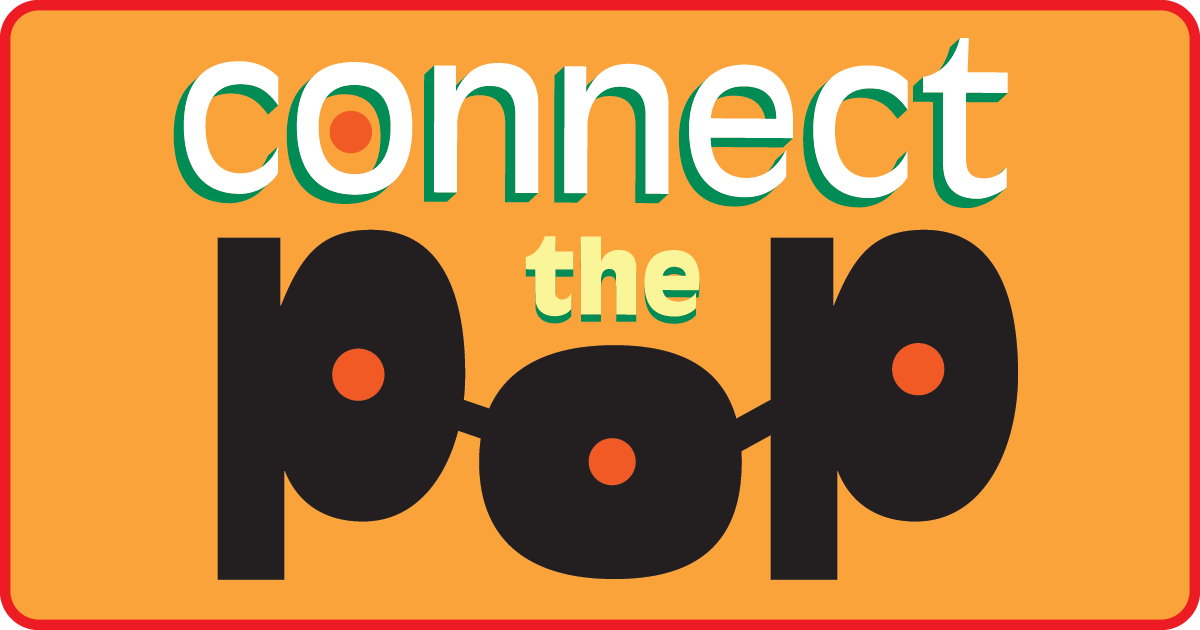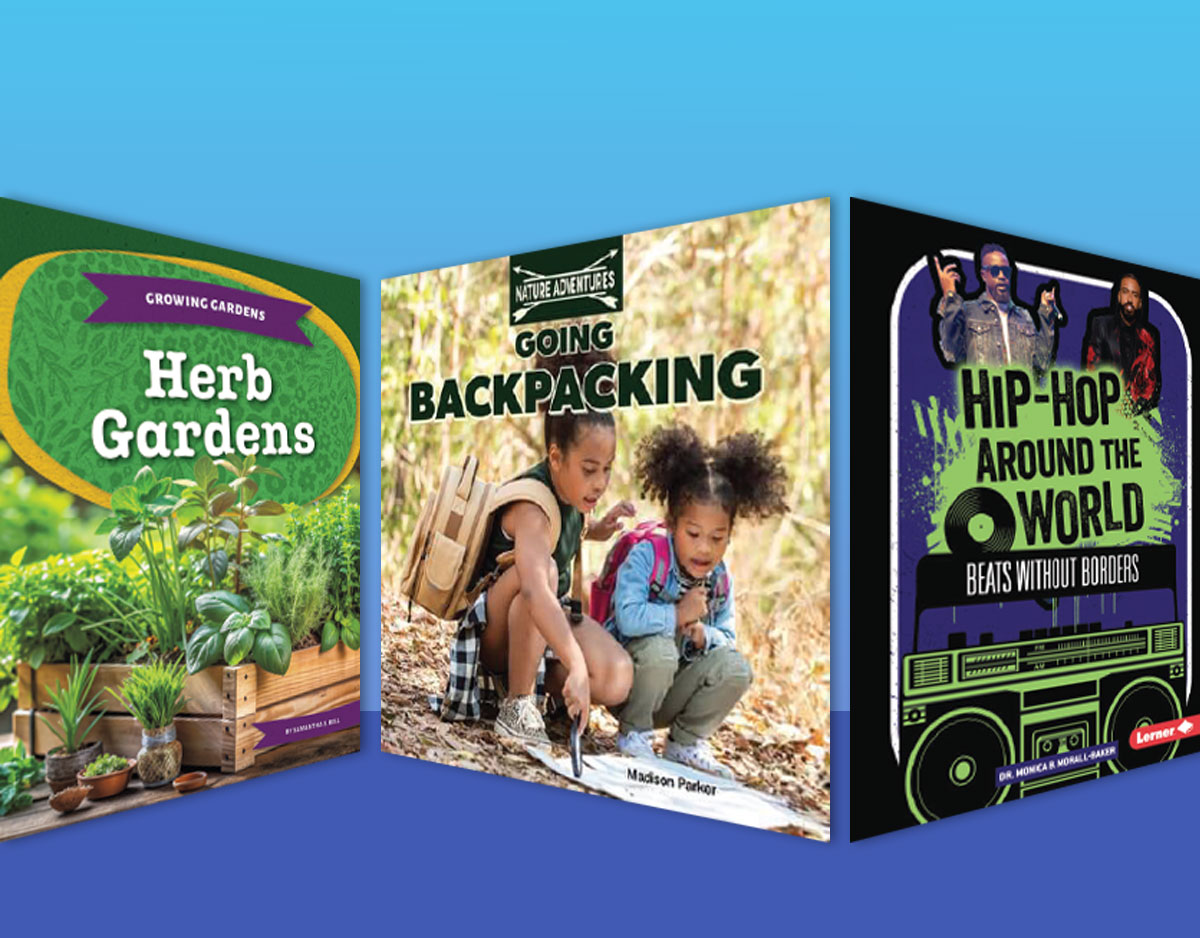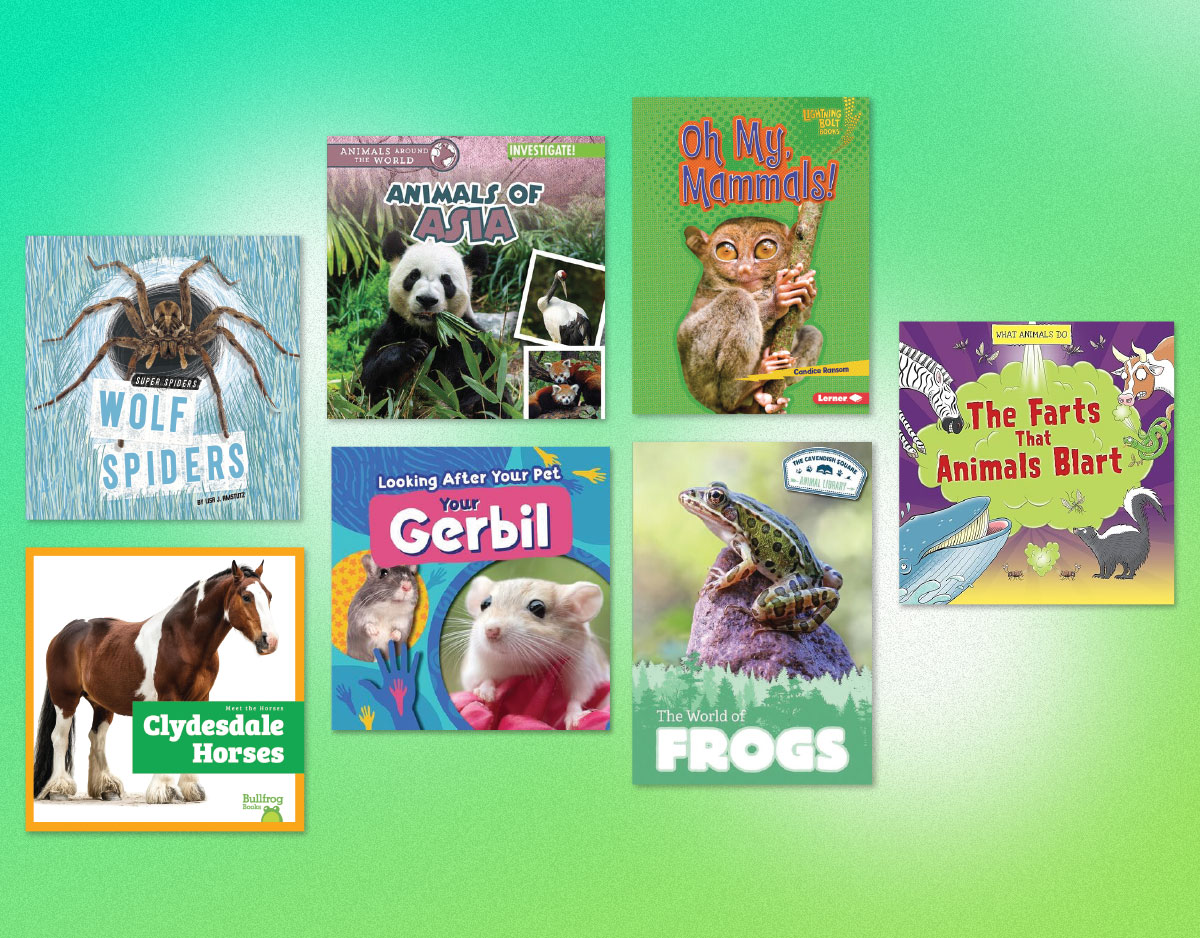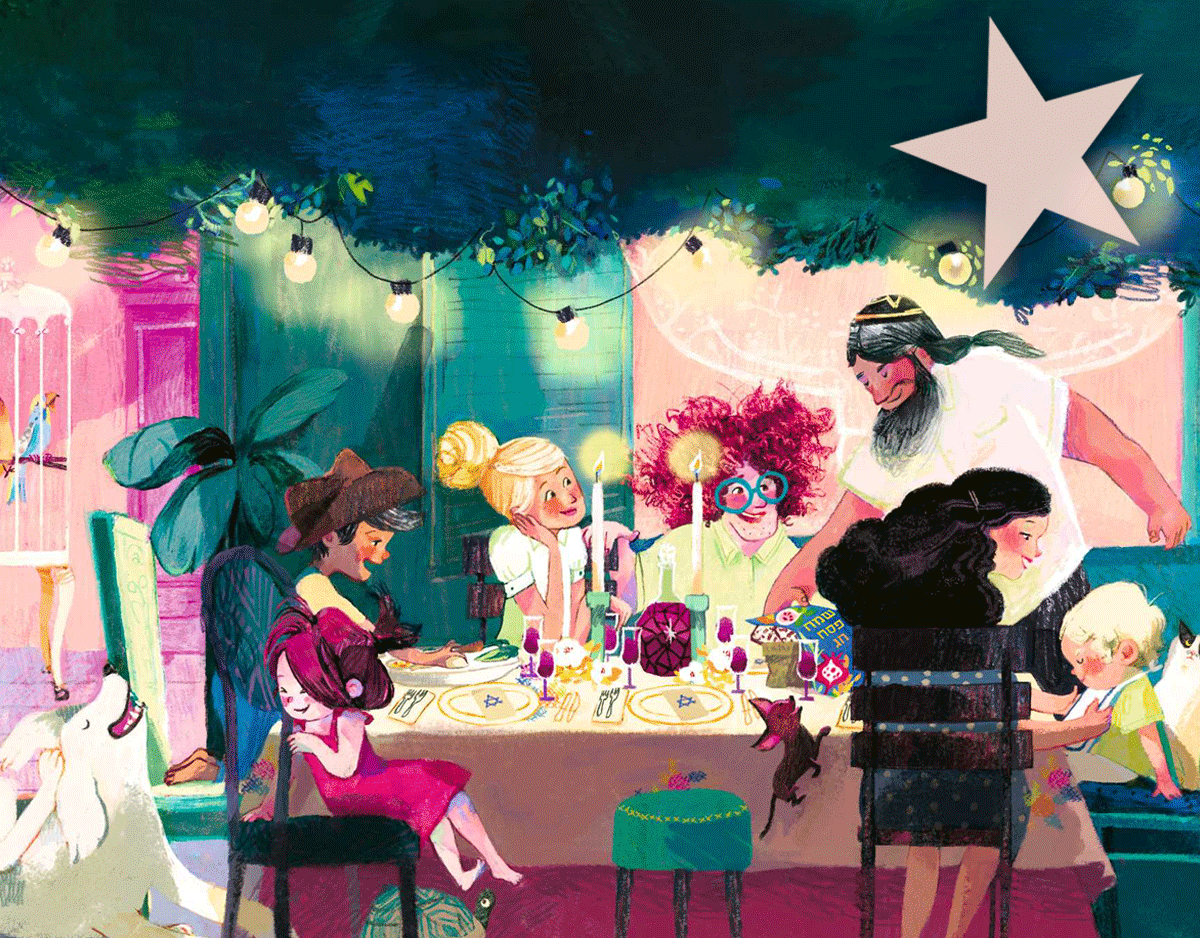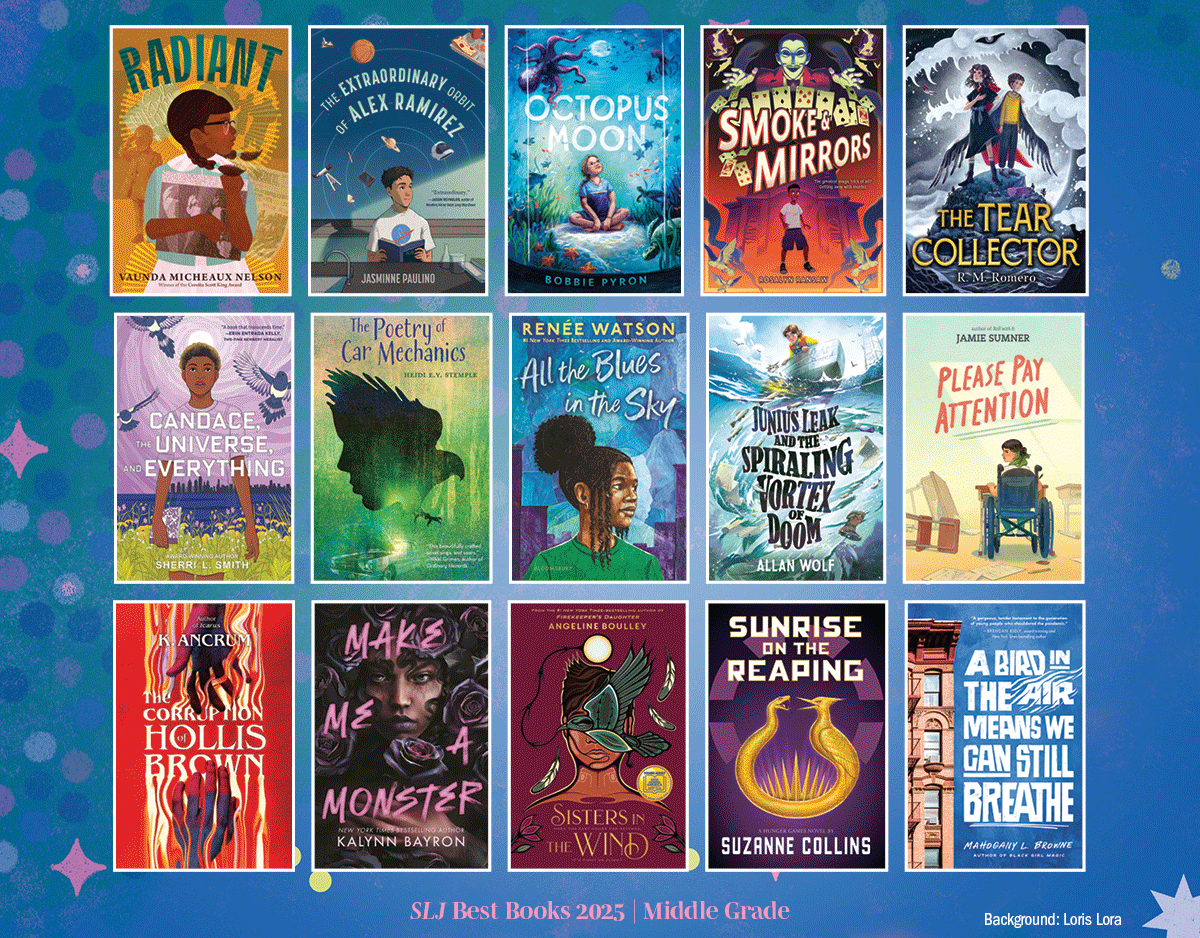SCROLL DOWN TO READ THE POST
Media Literacy, Powerfully: A Model for School Librarian and Classroom Teacher Collaboration
 One of the joys of writing articles for any magazine is all the interesting, sometimes inspiring, people you get to meet along the way; often, though, this is barely reflected in the published story, which might include only one or two quotes from such folks. Well, that’s the situation I encountered with SLJ’s February issue, in which I have an article on online media literacy. In the course of my research I ended up getting a lot of great information from Mercer Hall and Patricia Russac, a classroom teacher and Library Director/history teacher at Buckley Country Day School in Roslyn, New York. So much so that I wanted to share their full and exceedingly thoughtful responses to my queries. So please consider the below “outtakes” or “deleted scenes” from the article, but ones that ended up on the cutting room floor not because of quality but rather simple space constraints. The first part is mostly a forceful rationale for media literacy education (with some helpful links) while the second shows how to implement such goals with all the practical, curricular, project-based learning that Hall and Russac create around MLE. For more – much, much more, actually – I urge you to visit their blog for the American Society for Innovative Design in Education (ASIDE).
One of the joys of writing articles for any magazine is all the interesting, sometimes inspiring, people you get to meet along the way; often, though, this is barely reflected in the published story, which might include only one or two quotes from such folks. Well, that’s the situation I encountered with SLJ’s February issue, in which I have an article on online media literacy. In the course of my research I ended up getting a lot of great information from Mercer Hall and Patricia Russac, a classroom teacher and Library Director/history teacher at Buckley Country Day School in Roslyn, New York. So much so that I wanted to share their full and exceedingly thoughtful responses to my queries. So please consider the below “outtakes” or “deleted scenes” from the article, but ones that ended up on the cutting room floor not because of quality but rather simple space constraints. The first part is mostly a forceful rationale for media literacy education (with some helpful links) while the second shows how to implement such goals with all the practical, curricular, project-based learning that Hall and Russac create around MLE. For more – much, much more, actually – I urge you to visit their blog for the American Society for Innovative Design in Education (ASIDE).
-Peter
* * *
Plain and simple, students need to have media literacy threaded throughout all areas of the curriculum. Make no mistake about it; kids can identify more brands based on one letter than they can identify individual states in the US. Please see the “Guess the Brands” handout [a portion of which is pictured at the top of this post].
ADVERTISEMENT
ADVERTISEMENT
The Question It! project we started was developed for upper elementary and middle school students to create media pieces to teach others about topics such as the validity of online media, marketing techniques in magazines, music promotion, television influence, movie hype, and computer gaming. [Please see https://questionit.wikispaces.com/ and http://questionitmediamoguls.blogspot.com/. ]
Students learn about the industries, the people who work in them, and the lingo. They learn the techniques used for product placement, fact versus opinion, appeal and the art of persuasion. Essentially, they become smart consumers by learning how to be media savvy producers.
Critical thinking is media literacy and at the heart of it are the core questions for deconstructing media messages to learn how to be a smart consumer. Students can take control using what they learn to become media literate by producing instructional materials for their peers using technology applications.
* * *

Our media literacy program was started over 12 years ago. We begin in the 2nd Grade and talk about branding and logo design. We use cereal boxes which hang in the library to identify the different aspects used to sell to adults vs children. The kids love it and really learn to decode them especially when they can compare three different brands of the same product such as Cheerios or Chex. They learn to look at color, cartoon characters, fonts, placement and nutrition. They notice things such as the letters in “Go Lean” cereal gets thinner as it’s spelled. We talk to them about product placement not just in advertising, but also in the grocery store and ask them to report back what they notice about where the kid cereal is placed and happily report that the cereal they like is at their height.
We continue their instruction in the 3rd and 4th grades and keep a stack of different types of print ads for them to analyze. We train them to look for words that convey emotion such as “homemade” or “old fashioned,” or those that appeal to the mind such as “save,” “free,” or “doctors recommend.” They develop a keen sense of what types of gimmicks advertisers use to try to sell their products. The also love playing Admongo from the Federal Trade Commission government website. Many of them teach their younger siblings how to look for ads using this game as well.
In 5th grade, students study one particular media industry and must put together an iMovie to present to their peers on what to look for and how to question that media. Our students do a formal presentation at the Apple retail store near the school. In 6th grade, they use all the skills they’ve learned to create a 2-minute iMovie on a particular issue of their choice. They need to use the media techniques as a producer to present their point of view. They, too, present a formal presentation at the Apple retail store.
A signature project in the 7th grade is marketing one of the original 13 colonies of the United States as a travel advertisement. They analyze travel ads from magazines and newspapers to do this and learn to look for the different techniques used to attract vacationers to visit tropical islands, go on cruises, or fly to exotic lands. Looking at actual ads lets them connect to things they see in real life. They combine their historical research and modern day travel techniques to produce multimedia presentations using Prezi on the web.
-Patricia and Mercer
Filed under: Media Literacy, Print Media, Social Studies
About Peter Gutierrez
A former middle school teacher, Peter Gutierrez has spent the past 20 years developing curriculum as well as working in, and writing about, various branches of pop culture. You can sample way too many of his thoughts about media and media literacy via Twitter: @Peter_Gutierrez
ADVERTISEMENT
SLJ Blog Network
Rebecca Stead’s EXPERIMENT
31 Days, 31 Lists: 2025 Fairy Tales, Folk Tales, and Religious Tales
Science Comics: Computers: How Digital Hardware Works | Review
Take Five: Books with the most holds at my school this school year
The Classroom Bookshelf is Moving
ADVERTISEMENT
ADVERTISEMENT

